The scoreboard tells the horror story for Essendon. A 104-point thrashing at the hands of the Bulldogs. Photo: GETTY IMAGES
Last Saturday night’s 104-point thrashing at the hands of the Western Bulldogs was undoubtedly one of the most embarrassing moments in the history of the Essendon Football Club.
Given that this was a team needing one more victory to secure a finals berth, that it was playing a team beneath it on the ladder, and that it failed to kick a single goal from the first minute of the match until it was nearly over, that in itself is an easy call.
Exactly just where the humiliation leaves the Bombers, though, is a far more difficult complicated proposition to consider.
Is Essendon a team which should be delivering better results than it has? Or is it a side whose ability has been over-estimated? And whichever the answer, is that because of a coaching issue, one of recruitment, development, player management, or something deeper-rooted and cultural?
Even the black-and-white evidence of the ladder and win-loss columns for Essendon right now is confusing.
Seventh spot on the ladder at 11-9 is hardly the stuff of disaster, and before the first of back-to-back beltings against Port Adelaide and the Bulldogs, the Dons were coming off five wins in a row.
But how imposing were those victories, each in which Essendon had to come from behind, four of them coming by a combined tally of just 31 points, and four of them against teams currently outside the top eight?
Seemingly any argument about Essendon’s position right now can be met with a counter-argument. Has coach John Worsfold lost the players? If so, why did they as recently as three weeks ago pull off one of the club’s greatest wins in the past 15 years, on the road against a then-top eight team in Adelaide after having been five goals in arrears right on half-time?
Have the last two nightmarish performances and an aggregate losing margin of 163 points simply been the cumulative impact of injuries to a string of key players? If so, what about the games won without many of those same players? And how do you explain the conceding of 21 straight goals without response regardless of who was on the park?
If Essendon’s list really isn’t that good, why did official AFL statistics provider Champion Data rank it the third-best list in the competition prior to the start of this season?
And if it is that good, why has its lack of depth been so starkly revealed by the run of injuries, when other clubs like Richmond and Collingwood (whose lists Champion ranked fourth and fifth respectively) and who have suffered even greater losses in the medical room, been able to churn out more wins?
Essendon’s bigger picture is similarly confusing. Since the disaster of the supplements scandal in 2013, which saw a mass suspension of players and officials, huge fines and the loss of draft picks, the club has recovered its off-field position and reputation brilliantly.
It’s made huge inroads into a debt which sat at nearly $12 million following the scandal, now reduced to less than $4 million, last year recording a net operating profit of $2.3 million. It recently recorded another record membership figure of more than 84,000, a six per cent increase on 2018.
Yet the big picture in a purely football sense remains mediocre. It’s now 19 years since Essendon won a premiership, equal the longest flag drought in the club’s history. It hasn’t won a final since 2004, the longest run of any club without a finals victory with the exception of the nine-years-old Gold Coast.
And the modern era is littered with defeats of the magnitude of last Saturday night. Essendon has now suffered 14 losses by more than 100 points in 123 years. Six of them have come since 2006. And there’s been a dozen losses by 90 points or more in that time.
Is this a club which has lost the hard edge on which it prided itself during Kevin Sheedy’s 27-season reign as coach from 1981 to 2007? And if that is the case, how much of that loss now needs to be attributed to the fall-out of the supplements scandal, and the necessary shifts of focus by the club’s administration in its aftermath?
The immediate priority for Essendon, of course, is for the team to recover its composure, some injured players (Darcy Parish and Aaron Francis are at least expected to return this week), and set about the task of winning at least one of its remaining two games against Fremantle and Collingwood to lock in a finals berth.
Do so, and the focus of the media and the football world in general shifts elsewhere. Fall in similarly ignominious fashion, and the fervour intensifies, now with the added “sex appeal” of the imminent arrival back at Essendon of 2000 premiership player and feted Collingwood, Geelong and currently Richmond assistant coach Blake Caracella for next season.
Caracella does shape as the obvious successor to Worsfold, whose contract expires at the end of next year. But that’s not set in stone. And despite the inevitable speculation about an immediate succession should the Bombers be beaten up badly again over the next fortnight, much could change on and off the field over the next 12 months.
Essendon has already moved ahead of time on a post-Sheedy coach and installed a favourite son instead when it sacked Matthew Knights at the end of 2010 and replaced him with James Hird.
The legacy of that period is still being played out. And having vowed to approach the running of the club differently as a result, can the Bombers afford to recreate the circumstances and take the easy option of placing blame in one area of a multi-faceted problem?
There’s just a sample of the issues an entire football club needs to consider, each premise with legitimate enough evidence to either support or reject the argument. And none in isolation provides a definitive answer or solution.
Which is why the single best thing Essendon, both the football team and the club it represents, can do this week is simply bunker down, keep its own counsel, avoid the inevitable whirlwind of noise from outside, and get on with the job of nailing and addressing the issues of greatest priority.
Quick fixes don’t cut it in AFL football anymore. Particularly not at a club as politically complex and with as troubled recent history as Essendon. All going the knee-jerk reaction would accomplish is to further perpetuate the problems.
*This article first appeared at SPORTING NEWS.

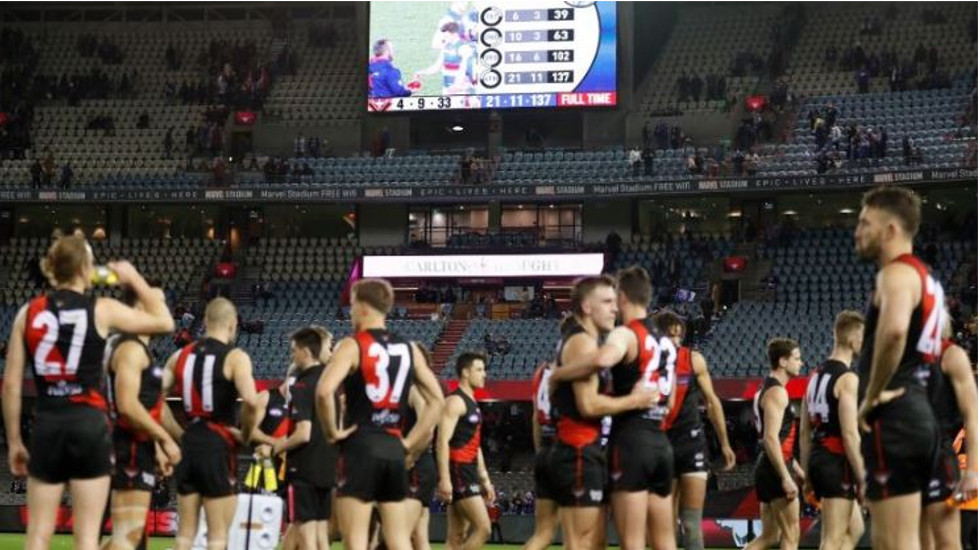

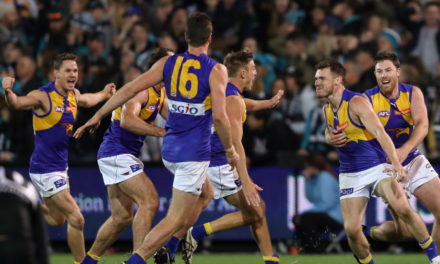

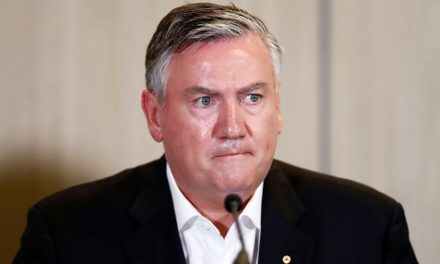
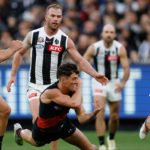



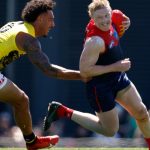

Questions that Essendon are going to need to find answers to. Failure to achieve any kind of progress towards sustainable success has become a habit.
Given that we’ve been seeing the same kind of performances from Essendon teams for the last (say) 18 years the issue crosses administrators, players and coaches with no common thread except for the club and perhaps a culture that expects success but is incapable of planning to achieve any.
I was reminded recently that EFC released a mission statement back in 2015 (I’d forgotten all about it)… the first item talks about “continuing to build on a strong football program capable of top 4 performances”.
1. The football program was not that strong to start with
2. Even their long-term goal appears to be settling for a less than optimum result.
Richmond’s mission statement equivalent is “Win one or more premierships.”
Essendon appear content with mediocrity… and that’s what they get.